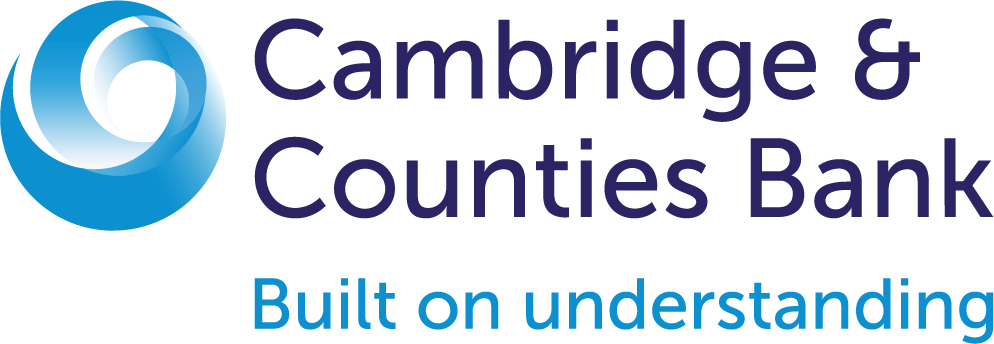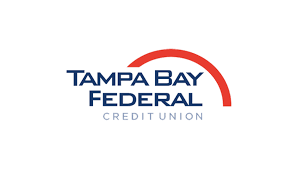Never has it been more important for credit unions to treat members as unique individuals. Credit union member profiles are increasingly diverse and dynamic. Communities today include a wide mix of ages, backgrounds, and financial needs, from students opening their first account, to families saving for a home, to retirees managing fixed incomes. Treating all
Customers are increasingly expecting their credit union or other financial services providers to treat them as unique individuals.
Indeed, if a provider risks treating all customers alike using a one-size-fits-all scattergun approach, they are likely to see these members go elsewhere. This could prove to be a costly mistake. After all, it is well known that attracting new members can be costly and time-consuming – so it is far better to keep existing ones on-side and make them feel as valued as possible.
More and more, we are seeing the financial services sector become focused on building relationships with their customers. A good institution will now take the trouble to get to know their customer as an individual and understand their very specific requirements. This will enable them to only offer products that they will specifically need, at a specific time in their life cycle, using a method of communication that they prefer.
However – how is this possible in the digitally-driven, “anonymous” financial services sector of today?
Why Members Leave (and Why It’s Hard to See)
Credit union members may leave for a variety of reasons, often tied to customer experience, convenience, or financial needs.
The reasons themselves might include factors such as a credit union offering limited services or products, inconvenience of access, poor customer services, or even generational shift, whereby younger generations might want something very different from a perceived “traditional” provider.
However, whatever the specific reason, it is often characterized by the credit union not receiving any feedback or complaints. Often, a member will simply stop logging in or stop transacting. However, even with this being the case, there are some early, tell-tale signs including lower usage, a slower response to messages, or missed payments.
How credit union data can predict churn
To predict member churn, a credit union should track and analyze specific behavioral, transactional, and demographic data points, including the following:
- Account Activity: This can be characterized by a member having inactive primary accounts with no recent deposits or withdrawals. A further indicator is having a low or declining transaction volume, a dormant checking or savings accounts or having an account with no direct deposit activity, such as having a salary or regular payment facility set up.
- Product Engagement: Churn can also be analyzed by looking at the number of active products held. Single-product members are much more likely to churn, as are those with a decline in loan usage, or not renewing expiring loans, or those with a decline in credit card utilization or balance.
- Digital Behavior: If a member has zero, or a low mobile or online banking login amount, no e-statement enrolment, or a lack of interaction with digital tools, they are much more likely to be a member who might be considering leaving. Another clue is the removal of a specific tool, such as deleting a mobile app, ignoring emails, or push notifications on mobile devices.
- Customer Support Interactions: Analysis of contact with customer support can also indicate a member at risk of leaving. If a member has left negative customer service feedback, leaves a high number of complaints, or has frequent contact with member services without resolution, they are clearly dissatisfied with the service they have been receiving.
Improving credit union member retention
Credit unions can act on churn signals through a combination of proactive outreach, personalized member engagement, product optimization, and digital innovation.
When it comes to inactive, or low-engagement accounts, they might want to consider using automated re-engagement campaigns with relevant content, e.g., “how to maximize your membership”. They might also offer incentives to reactivate their accounts, like bonus interest or rewards for setting up direct deposit or bill pay. They might also consider assigning the member to a member success rep for a personal outreach call.
If a member has only one product – which puts them at a higher “churn” risk – the credit union might want to launch a cross-sell campaigns, such as a checking and savings bundle. The credit union might also consider using targeted promotions, e.g. “You’re pre-approved for a personal loan!”. It is also important to educate members on the hidden value in other products through onboarding journeys.
When it comes to those members who have low digital engagement levels, one important method that a credit union could use is to trigger a “digital onboarding series” to teach mobile tools with short how-to videos or interactive emails. They might also offer rewards for using digital features, e.g. a bonus for paying a bill online. Personalized outreach is also an option, such as a message saying “We noticed you haven’t tried online banking – let’s get started!”
Finally, if a member has left negative feedback, they could be flagged for VIP attention, be offered a small goodwill credit or waive a fee and then follow up with a satisfaction survey to show their voice matters.
Conclusion
Retention strategies for credit union members do not happen by accident — they are driven by insight and action. The more a credit union, or any other financial provider, understands behavior, the more proactive it can be. It is important to note that the digital footprint left by members can unlock a wealth of personalized insights, which can then be analyzed to reach out to them in a very personal manner. There is indeed an old saying: “knowledge is power”. Never has this been more important for credit unions and financial institutions as the digital age becomes ever more mature.














